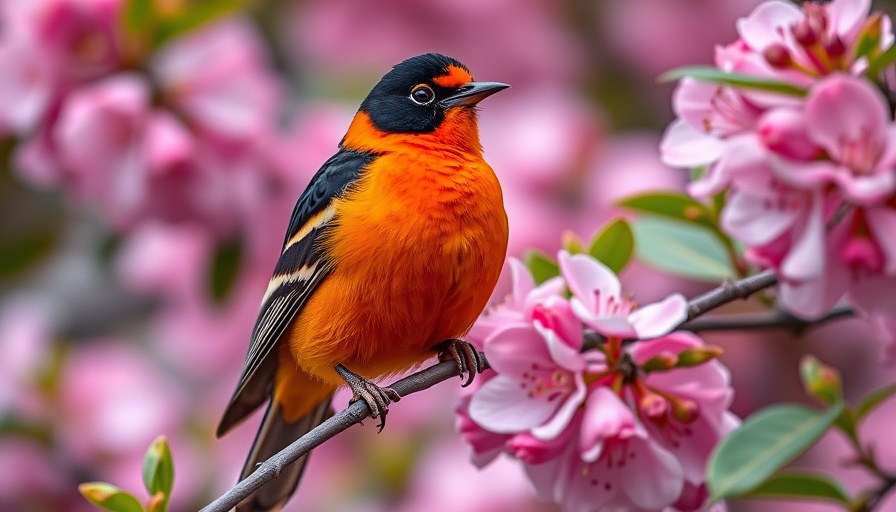
The Majestic Beauty of Swakane Canyon
Swakane Canyon, a hidden gem nestled in the heart of central Washington, is a microcosm of biodiversity, offering unique habitats to an array of avian species. Stretching nine miles from the Columbia River into the Entiat Mountains, this canyon isn’t just a geographical feature; it's a vibrant ecosystem waiting to be explored.
A Habitat of Varied Altitudes
The dynamic landscape of Swakane Canyon evolves dramatically with elevation changes. Starting from the lower canyon, visitors are greeted with a dry, sparsely vegetated terrain. However, as one ventures upward, the transformation begins — lush flora gives rise to rich habitats. Shrubs such as blue elderberry become vital for summer nesting for birds like the Bullock's Oriels, while the fruits serve as essential nourishment for migrating species in the fall.
The Feathered Residents of Swakane Canyon
This canyon is a sanctuary for various bird species, each adapted to specific elevations and foliage. Ponderosa pines near mid-elevation provide homes for the melodic Western Tanagers, whose vibrant plumage adds to the canyon's aesthetic allure. As one climbs higher, they can enjoy the soothing sounds of the Hermit Thrush within the shade of tall firs, a true testament to the symbiotic relationship between the flora and fauna.
Embracing Nature's Masterpiece
Swakane Canyon not only presents breathtaking views but also serves as a reminder of nature's intricate design. Each layer of vegetation creates a new habitat, fostering a diversity of life that captivates both avid birdwatchers and casual visitors. This interplay between plants and wildlife culminates in an enriching experience, both visually and environmentally.
Why Swakane Canyon Matters
Protecting such ecosystems is crucial, not only for the birds that depend on them but for our understanding of ecological balance. As urban development continues to encroach upon natural habitats, raising awareness about areas like Swakane Canyon can mobilize conservation efforts.
As you consider planning your visit, think of the importance of preserving these avian havens for future generations to witness the beauty and diversity of nature's artwork.
 Add Row
Add Row  Add
Add 




Write A Comment